15 Space Missions Pushing Humanity Forward In 2025
Humanity has come a long way from our first starry night musings about the nature of the cosmos and what it all means. Things really kicked off, albeit humbly in 1926, when Robert Goddard lit the fuse on what would become the world’s first liquid-fueled rocket.
It was a rickety 3-metre-tall contraption, made of thin metal pipes and a dream, launched from a snowy field in Auburn, Massachusetts. The rocket soared a whopping 12.5 metres (about 41 feet) into the air before crashing back down. It didn’t exactly break records, but it made history as the first step toward modern rocketry—and laid the foundation for all the cosmic ambitions we’re chasing today. Fast forward almost a century, and rockets have come a very long way. And 2025 is shaping up to feature some of the most daring and ambitious missions ever attempted. Whether it’s returning to the Moon, hunting for habitable planets, or protecting Earth from asteroids, this year is packed with historic milestones.
1. Artemis III (NASA)
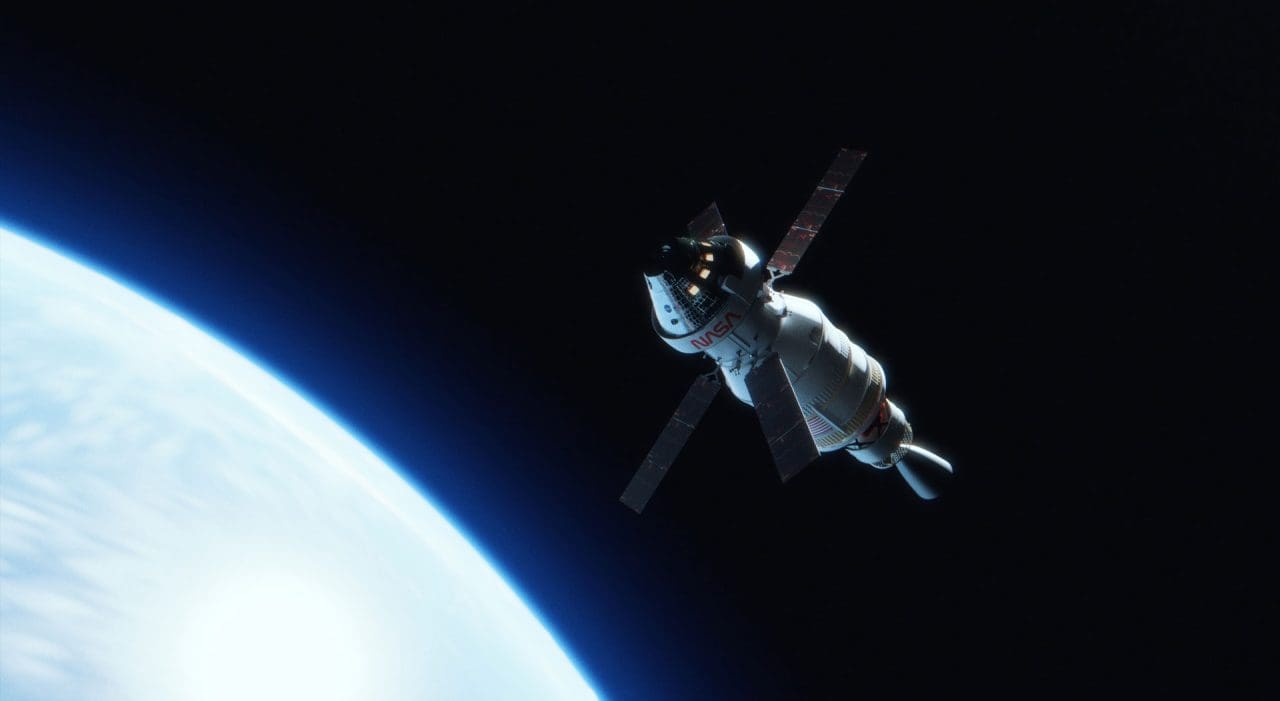
Mission Goal: Achieve humanity’s long-awaited return to the Moon.
Launch Date: December 2025 (tentative).
NASA’s Artemis III mission is, without a doubt, the centrepiece of 2025’s space calendar. The last time humans walked on the Moon was during the Apollo 17 mission in 1972, and now, more than five decades later, NASA is preparing to pick up where they left off. But this isn’t just about planting flags and gathering Moon rocks—this time, the stakes are much higher.
The mission will focus on exploring the Moon’s South Pole, a region that’s of particular interest because of its potential reserves of water ice. These icy deposits could be a game-changer for future missions, providing a source of water, oxygen, and even rocket fuel through electrolysis. The astronauts will use the powerful Space Launch System (SLS) rocket to carry the Orion spacecraft into lunar orbit. Once there, they’ll transfer to SpaceX’s Human Landing System (HLS)—a modified version of the Starship spacecraft.
During their roughly week-long stay on the Moon, the astronauts will conduct groundbreaking scientific experiments, test technologies like in-situ resource utilisation (ISRU), and gather samples to better understand the lunar environment. This mission is a critical step in NASA’s long-term goal of establishing a sustainable human presence on the Moon—and using it as a stepping stone for future missions to Mars and beyond.
Random Fact: The Orion spacecraft’s heat shield is designed to endure re-entry temperatures of up to 2,760°C, which is hotter than molten lava and some volcanoes.
2. SpaceX Starship Orbital Flights
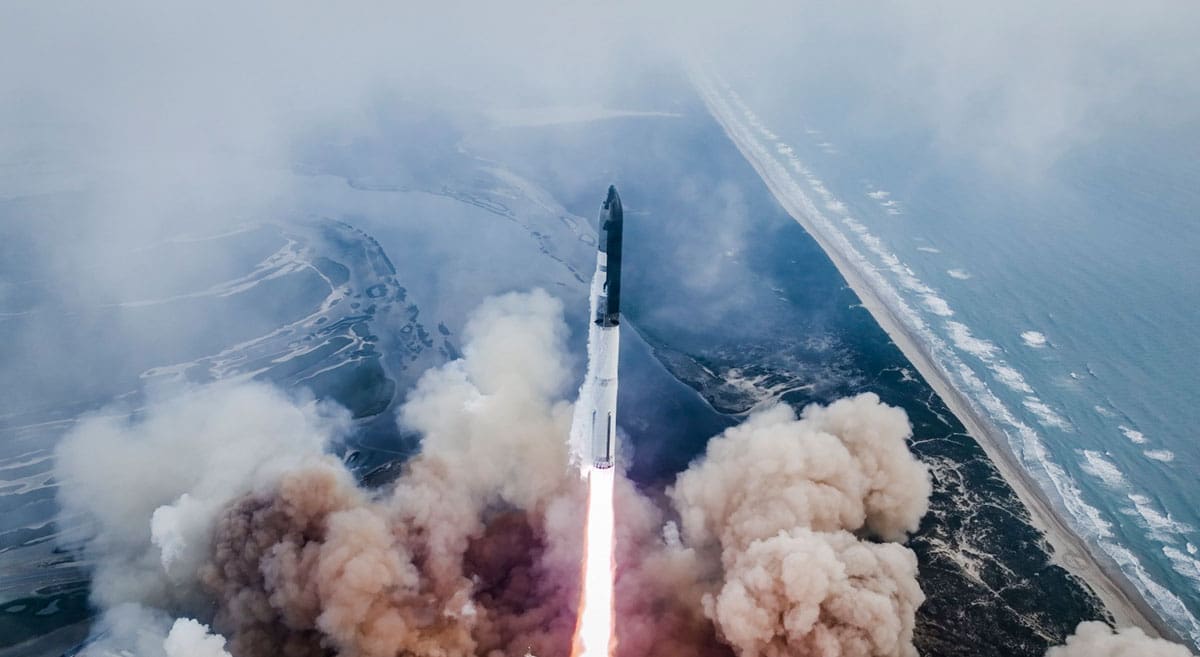
Mission Goal: Test and refine the spacecraft designed for Moon, Mars,
and beyond.
First Orbital Test: Q2 2025
SpaceX’s Starship is the most ambitious spacecraft ever built. With its fully reusable design, it’s intended to revolutionise the economics of space travel, making missions to the Moon, Mars, and even deep space more affordable and sustainable. The two-stage system—comprising the Super Heavy booster and the Starship spacecraft—stands nearly 120 metres tall, making it the largest rocket ever built.
SpaceX is planning several orbital test flights this year to fine-tune the spacecraft’s systems. One of the key technologies being tested is orbital refuelling—essentially topping up the fuel tank in space so the spacecraft doesn’t need to carry a full fuel load when it launches. This is a game changer for long-haul missions, making it more efficient to carry people and supplies across the solar system. Starship is also sporting some tough ceramic heat shield tiles to handle the scorching temperatures of re-entry, and SpaceX has tested these tiles against everything from extreme heat to frozen chickens (seriously).
Elon Musk has been clear that his ultimate goal is to establish a self-sustaining city on Mars, and Starship is the vehicle that will make it possible. But before that happens, SpaceX needs to prove the spacecraft is reliable. With each flight in 2025, we’ll get one step closer to seeing how realistic that dream truly is.
3. Roscosmos Luna-27
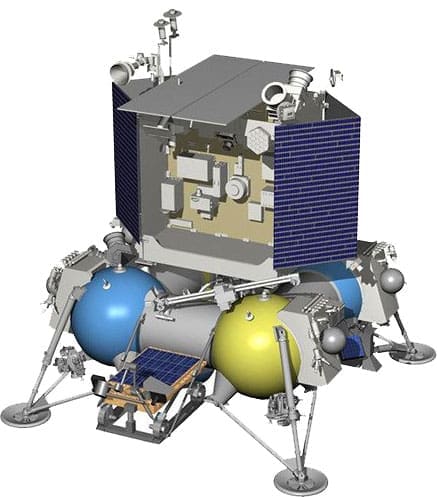
Mission Goal: Drill for resources at the Moon’s South Pole and study its composition.
Launch Date: September 2025
Russia’s space program has a storied history, and with Luna-27, Roscosmos aims to reassert itself as a leader in lunar exploration. This mission is part of Russia’s long-term strategy to establish a permanent presence on the Moon, and it focuses on exploring the South Pole—a hotspot for future missions due to its potential water ice deposits.
The Luna-27 lander will carry an advanced drilling system capable of extracting samples from up to 2 metres below the surface. This will help scientists study the composition of lunar soil (regolith) and identify the presence of volatile compounds like water and hydrogen.
The mission is also notable for its partnership with the European Space Agency (ESA), which is providing the PROSPECT system to analyse the extracted samples. Additionally, ESA’s Pilot-D navigation system will enable the lander to touch down with remarkable precision, even in rough terrain.
4. Blue Origin’s New Glenn Debut
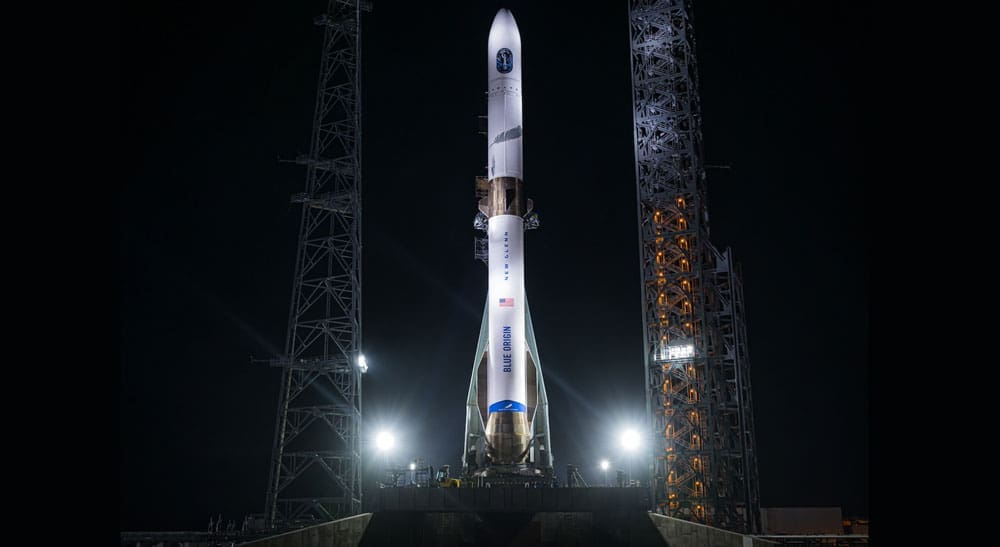
Mission Goal: Demonstrate Blue Origin’s heavy-lift capabilities and expand commercial space access.
Launch Date: October 2025
Jeff Bezos’s space company, Blue Origin, has been working on New Glenn for years, and 2025 will finally mark its debut. Named after John Glenn, the first American to orbit Earth, this rocket is designed to compete directly with SpaceX’s Falcon Heavy and Starship systems.
Standing an impressive 98 metres tall, New Glenn will be one of the most powerful rockets in operation, capable of carrying up to 45 metric tonnes to low Earth orbit (LEO) and 13 metric tonnes to geostationary orbit. Its enormous payload fairing, which measures 7 metres in diameter, will allow it to launch massive satellites or even multiple payloads at once. This makes it particularly well-suited for launching mega-constellations like Amazon’s Kuiper satellite network, which aims to provide global broadband coverage.
What makes New Glenn truly innovative is its reusable first stage, which is powered by seven BE-4 engines. These engines run on liquid natural gas (methane) and liquid oxygen, making them cleaner and potentially more efficient than traditional rocket fuels. After delivering its payload, the first stage will return to Earth and land on a drone ship stationed at sea, similar to SpaceX’s Falcon rockets.
Blue Origin’s entry into the heavy-lift category is a big deal, as it introduces more competition into the commercial space industry. This means more options for companies and governments looking to send payloads into orbit—and potentially lower costs for everyone involved.
5. ESA’s Hera Mission
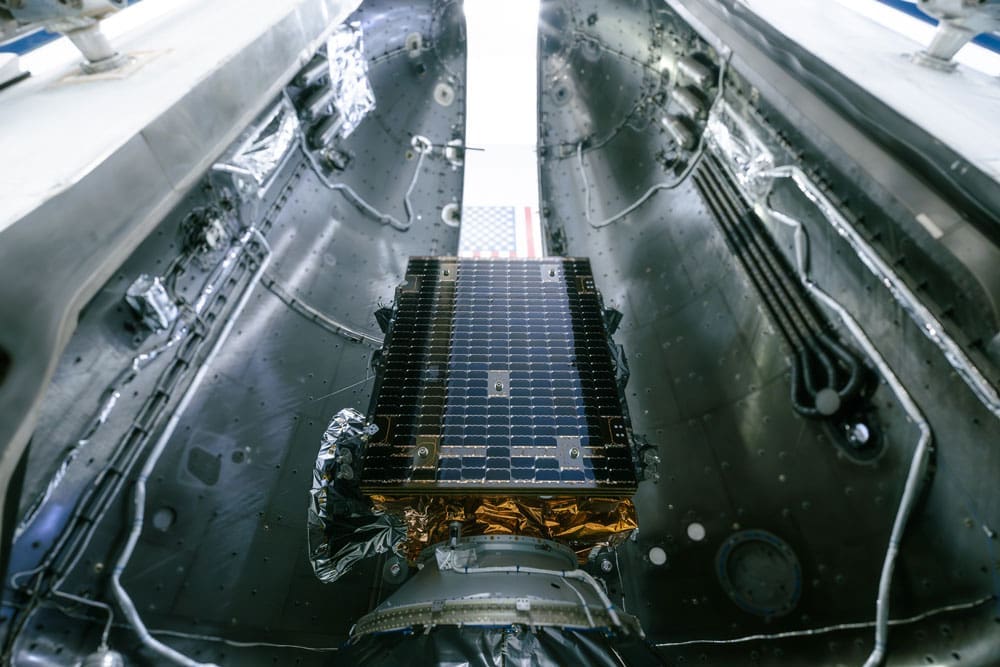
Mission Goal: Study how to protect Earth from asteroid threats.
Launch Date: October 2025
The European Space Agency’s Hera mission is a follow-up to NASA’s DART (Double Asteroid Redirection Test) mission, which made headlines in 2022 by intentionally crashing into the asteroid Dimorphos to change its orbit. Now, Hera will travel to the same asteroid system to study the aftermath of that collision in detail.
The mission will measure the size and shape of the impact crater, analyse the asteroid’s internal structure, and study its overall composition. Two tiny CubeSats, named Juventas and Milani, will be deployed to gather even more data. For example, Juventas will use radar to peer inside the asteroid, while Milani will analyse the surface materials.
Why does this matter? Hera is part of an international effort to develop strategies for planetary defence. By understanding how asteroids respond to impact, scientists can refine methods for redirecting potentially hazardous space rocks—an insurance policy for humanity against future asteroid threats.
Of course, if 90’s Michael Bay movies have taught us anything, it’s that in the case of a rogue asteroid we are going to need Bruce Willis, Ben Affleck and their team of misfit team of deep-core drillers to save the planet.
6. China’s Tiangong Space Station Expansion
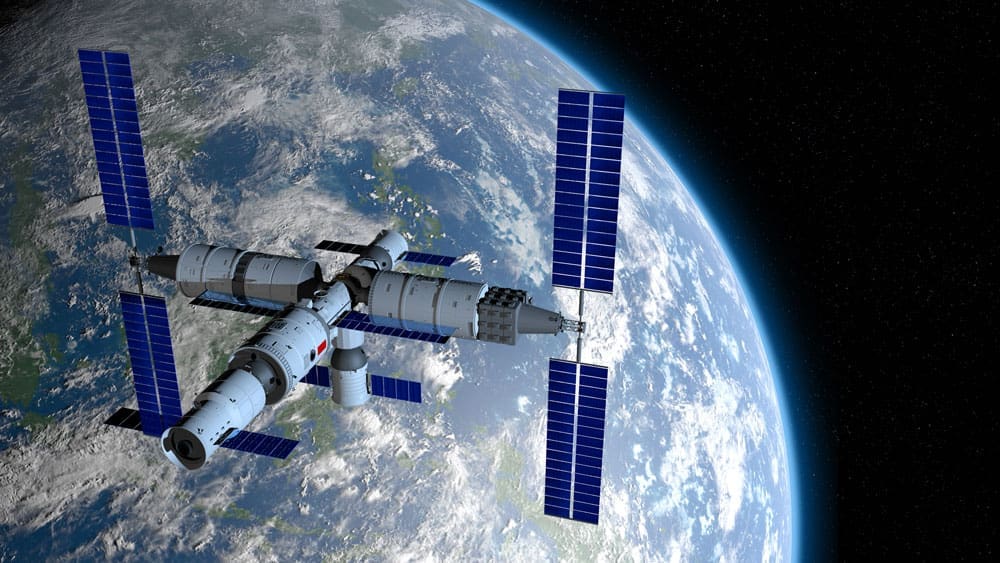
Mission Goal: Turn Tiangong into a research powerhouse and a symbol of international collaboration.
Next Module Launch: April 2025
China’s Tiangong Space Station is rapidly transforming into one of the most advanced research hubs in low Earth orbit (LEO). Since the first module was launched in 2021, China has steadily expanded Tiangong, adding capabilities and modules with precision. In 2025, China plans to launch additional components to enhance its research capacity and ensure the station can support more long-term experiments.
The new modules, Wentian and Mengtian, will allow astronauts to conduct groundbreaking research in microgravity, covering a wide array of scientific fields like space medicine, material sciences, and biology. What’s unique about Tiangong is its high-tech robotic arm, which has already been used to reposition entire modules in space with millimetre precision. This cutting-edge tech will also assist with future repairs and maintenance.
China has made it clear that Tiangong is open to international collaboration, and by 2025, astronauts from other nations are expected to join Chinese taikonauts onboard the station. With its state-of-the-art design, unmatched solar power capacity (20 kilowatts of energy), and robust research goals, Tiangong is quickly becoming one of humanity’s most important outposts in orbit.
7. SPHEREx (NASA)
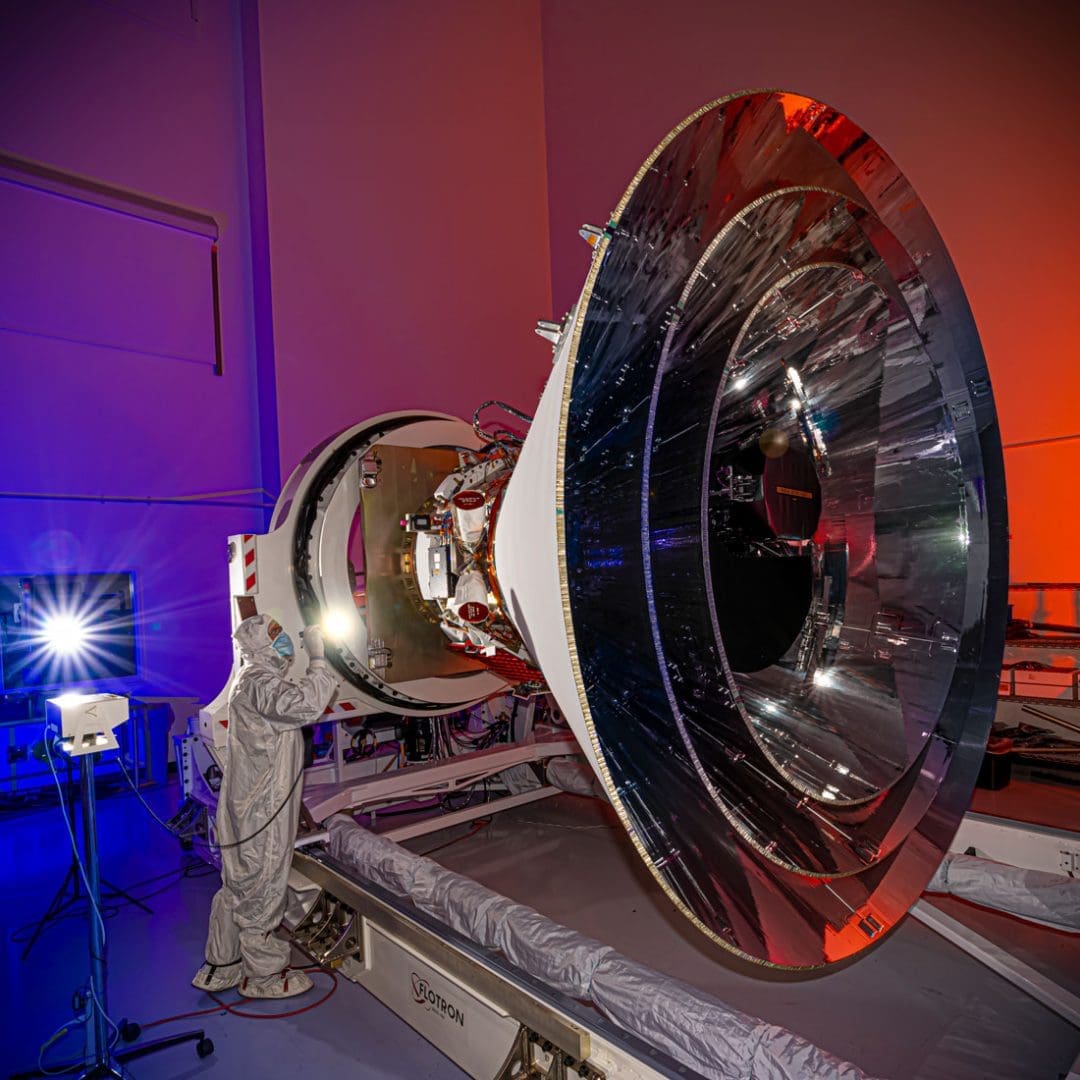
Mission Goal: Map the universe in infrared to uncover the secrets of galaxy evolution and dark energy.
Launch Date: April 2025
NASA’s SPHEREx mission (Spectro-Photometer for the History of the Universe, Epoch of Reionization, and Ices Explorer—yes, it’s a mouthful) is one of the most ambitious astronomical surveys ever planned. Using advanced infrared technology, this space telescope will create a detailed map of the entire sky, capturing light in 96 spectral bands.
Why is this important? The data collected by SPHEREx will help scientists unravel the mysteries of galaxy formation, dark energy, and the early universe. It will also search for organic molecules and water in the Milky Way—key ingredients for life.
The telescope will observe over 300 million galaxies and 100 million stars, providing an unprecedented view of the universe’s structure. With its ability to simultaneously study millions of cosmic objects, SPHEREx could completely reshape our understanding of how galaxies evolve over billions of years.
Random Fact: SPHEREx will produce more data in its two-year mission than many past space telescopes combined. If you’re a fan of cosmic cartography, this is the mission to watch.
8. India’s Gaganyaan Mission (ISRO)
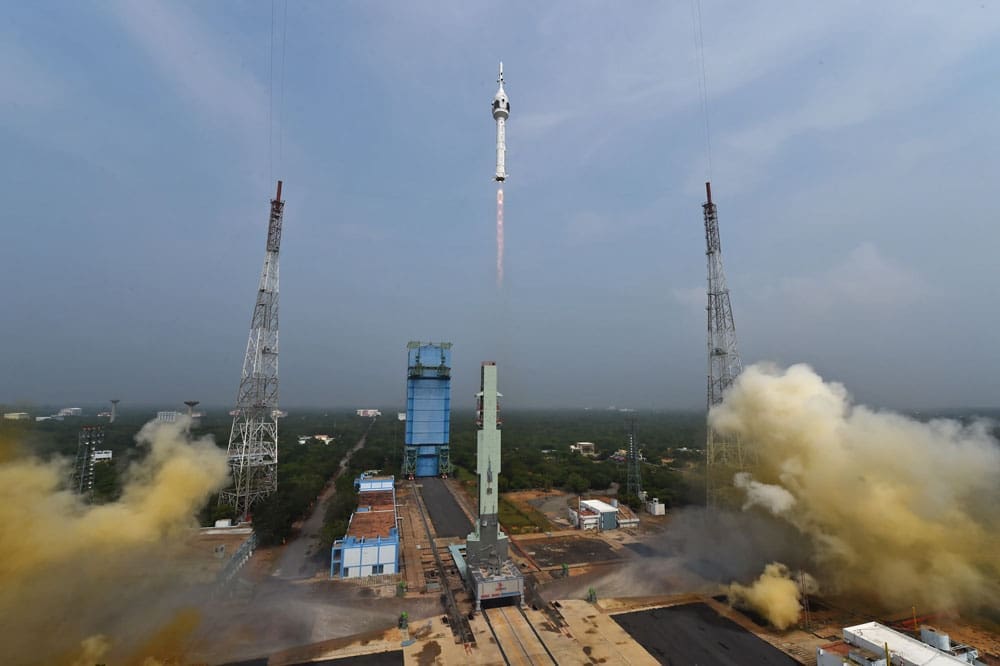
Mission Goal: Launch India’s first crewed space mission.
Launch Date: Late 2025
India has steadily built a reputation as a spacefaring nation, and in 2025, the Indian Space Research Organisation (ISRO) will take a giant leap with the Gaganyaan mission—its first crewed spaceflight. This milestone will make India the fourth nation to send humans into space, following Russia, the U.S., and China.
The Gaganyaan spacecraft will carry a crew of three astronauts to low Earth orbit for a mission lasting up to seven days. The spacecraft’s design incorporates cutting-edge safety features, including an emergency escape system and advanced life support systems to sustain the crew.
In preparation, ISRO has already conducted several uncrewed tests, including parachute deployment trials and a test flight of the Gaganyaan service module. By late 2025, the crewed flight will mark a historic moment for India’s space program and its aspirations for future lunar and interplanetary missions.
9. Rocket Lab’s Venus Probe
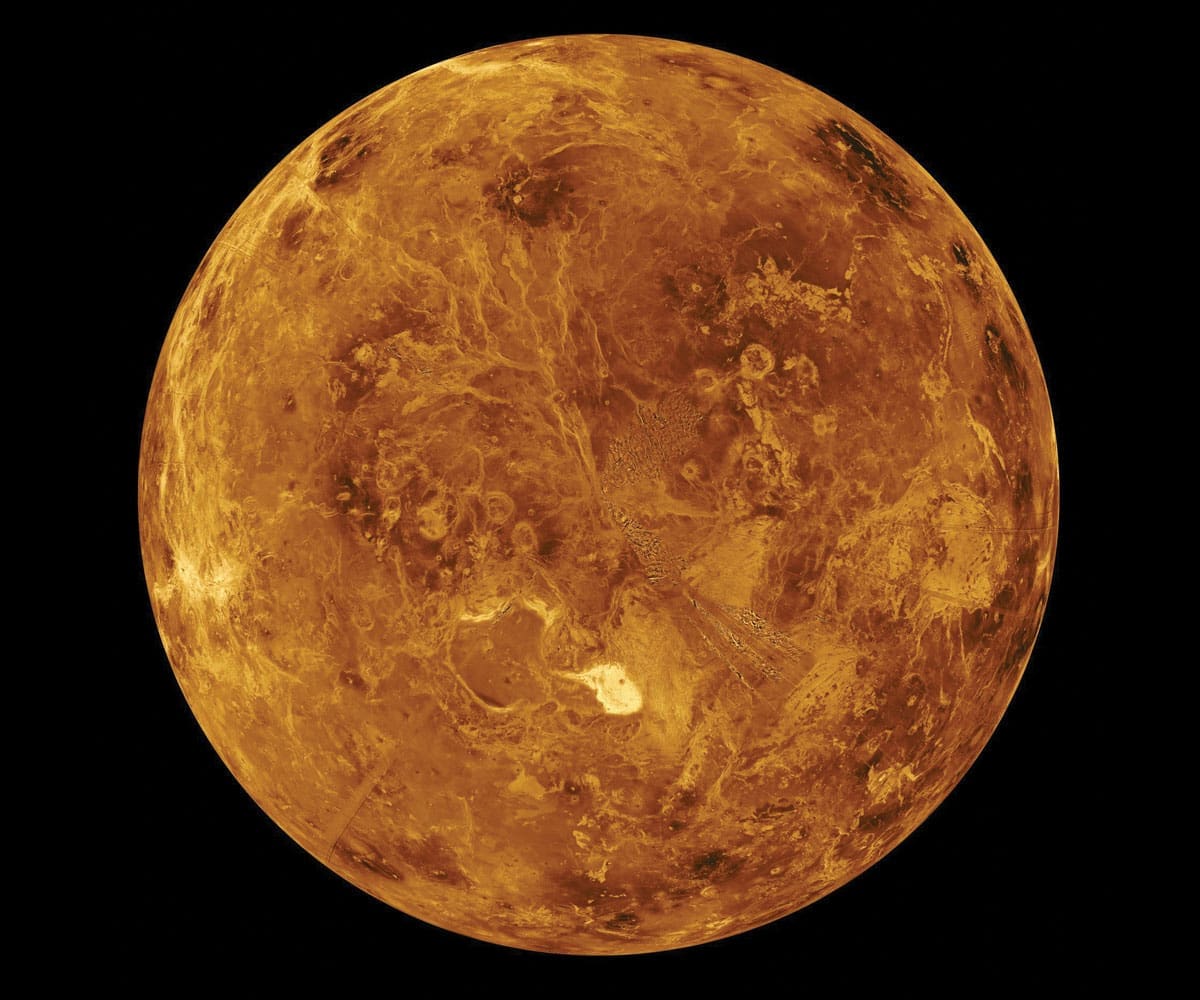
Mission Goal: to search for signs of habitability.
Launch Date: May 2025
New Zealand-based company Rocket Lab is setting its sights on Venus, the second planet from the Sun and one of the most mysterious. The mission will send a small spacecraft equipped with scientific instruments to study Venus’s thick atmosphere and explore the possibility of life.
The probe will carry a miniaturised sensor to measure atmospheric composition, temperature, and pressure. The focus will be on the planet’s cloud layers, which have long fascinated scientists due to their unusual chemistry, including traces of phosphine gas—a potential biosignature.
This mission is remarkable because it’s being led by a private company, demonstrating how commercial space ventures are increasingly tackling ambitious scientific goals.
10. NASA’s Europa Clipper
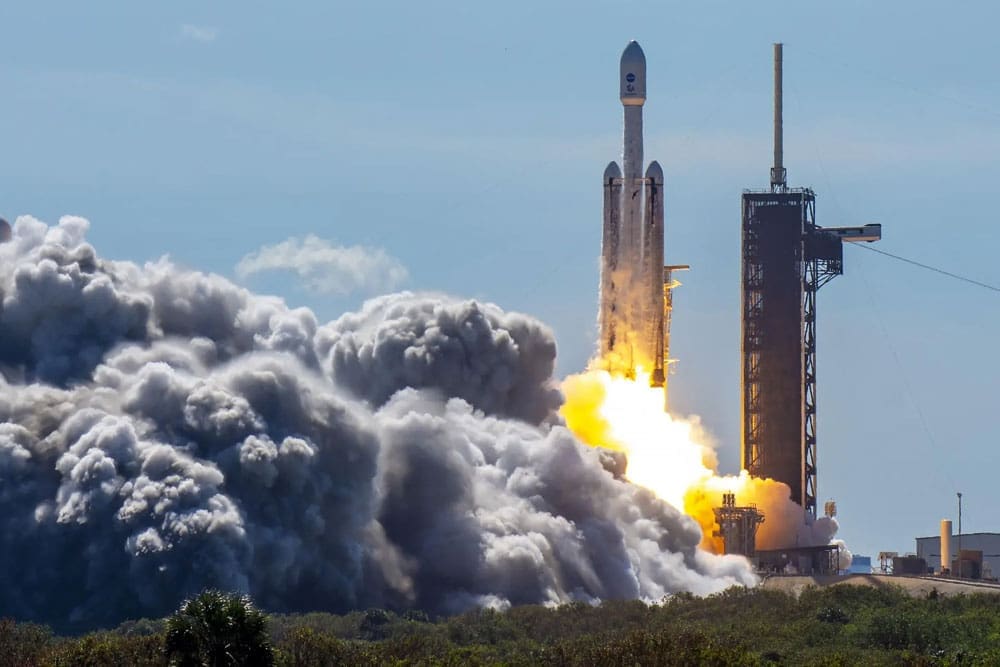
Mission Goal: Investigate Jupiter’s moon Europa for signs of life.
Launch Date: October 2025
Jupiter’s moon Europa is one of the most intriguing places in our solar system, thanks to its icy crust and the vast ocean believed to lie beneath it. NASA’s Europa Clipper will take a deep dive—figuratively speaking—into studying this potentially habitable world.
The spacecraft is equipped with an array of instruments, including ice-penetrating radar, cameras, spectrometers, and magnetometers, to investigate Europa’s surface and subsurface. By analysing the moon’s icy shell and measuring its magnetic field, scientists hope to confirm the presence of a subsurface ocean and determine whether it has the right conditions to support life.
While the Europa Clipper won’t land, it will perform dozens of close flybys—sometimes getting within just 25 kilometres of the moon’s surface. If life exists beyond Earth, Europa is one of our best bets and has most of the key ingredients to make some magic happen.
11. Russia’s Venera-D
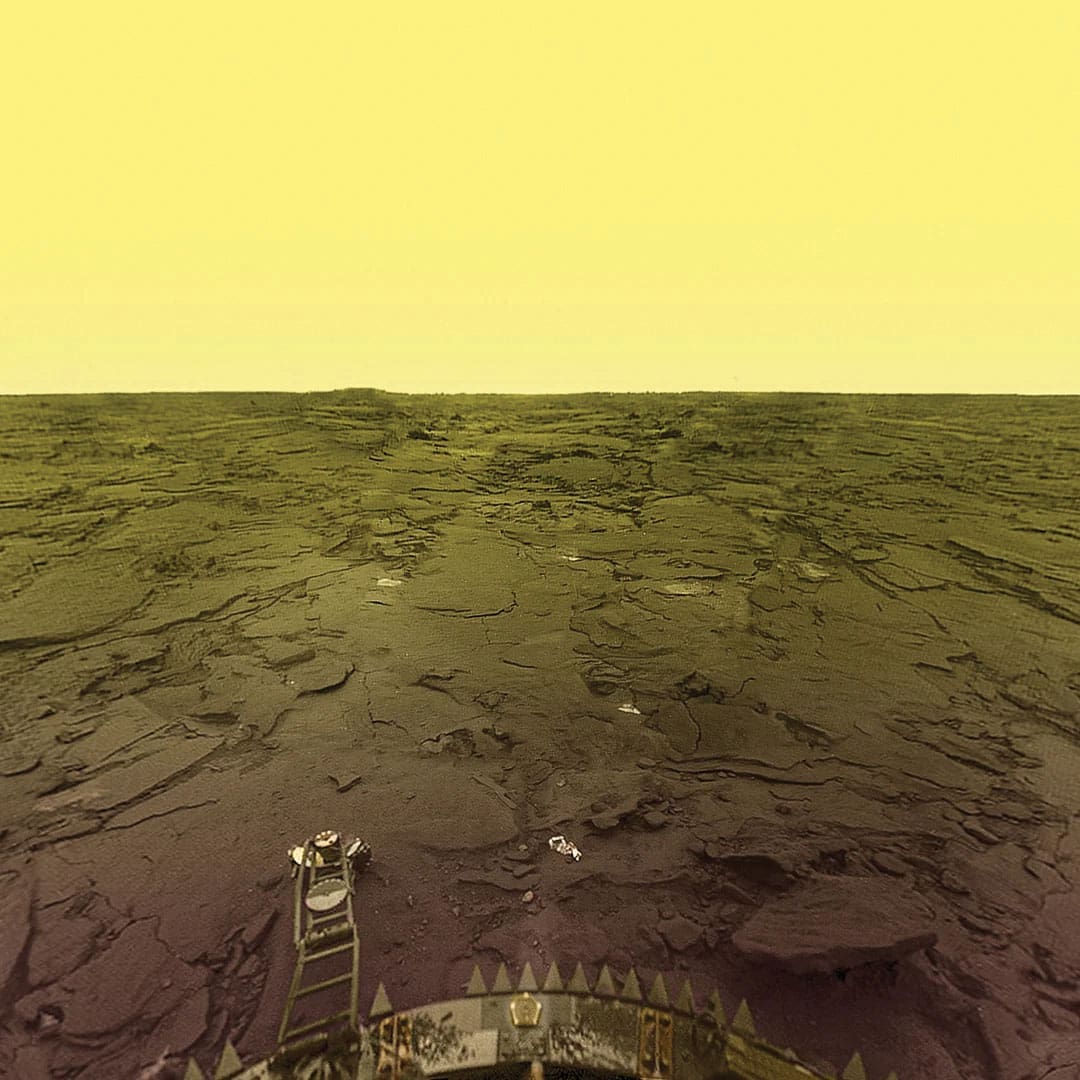
Mission Goal: Study Venus’s atmosphere and surface in unprecedented detail.
Launch Date: November 2025
Venus, often called Earth’s “evil twin,” remains one of the most mysterious planets in the solar system. Russia’s Venera-D mission seeks to break new ground by sending a highly advanced lander and orbiter to study the planet’s harsh atmosphere and infernal surface conditions.
The mission is inspired by the Soviet Union’s highly successful Venera program, which made history in the 1970s and 1980s by landing spacecraft on Venus. This time, the orbiter will analyse Venus’s dense carbon dioxide-rich atmosphere, while the lander will be equipped with technology to survive Venus’s crushing pressure (equivalent to being 900 meters underwater) and surface temperatures exceeding 450°C.
Venera-D will also look for phosphine gas, which sparked controversy in 2020 when scientists suggested it might be a potential sign of microbial life in Venus’s clouds.
12. ESA’s PLATO Mission
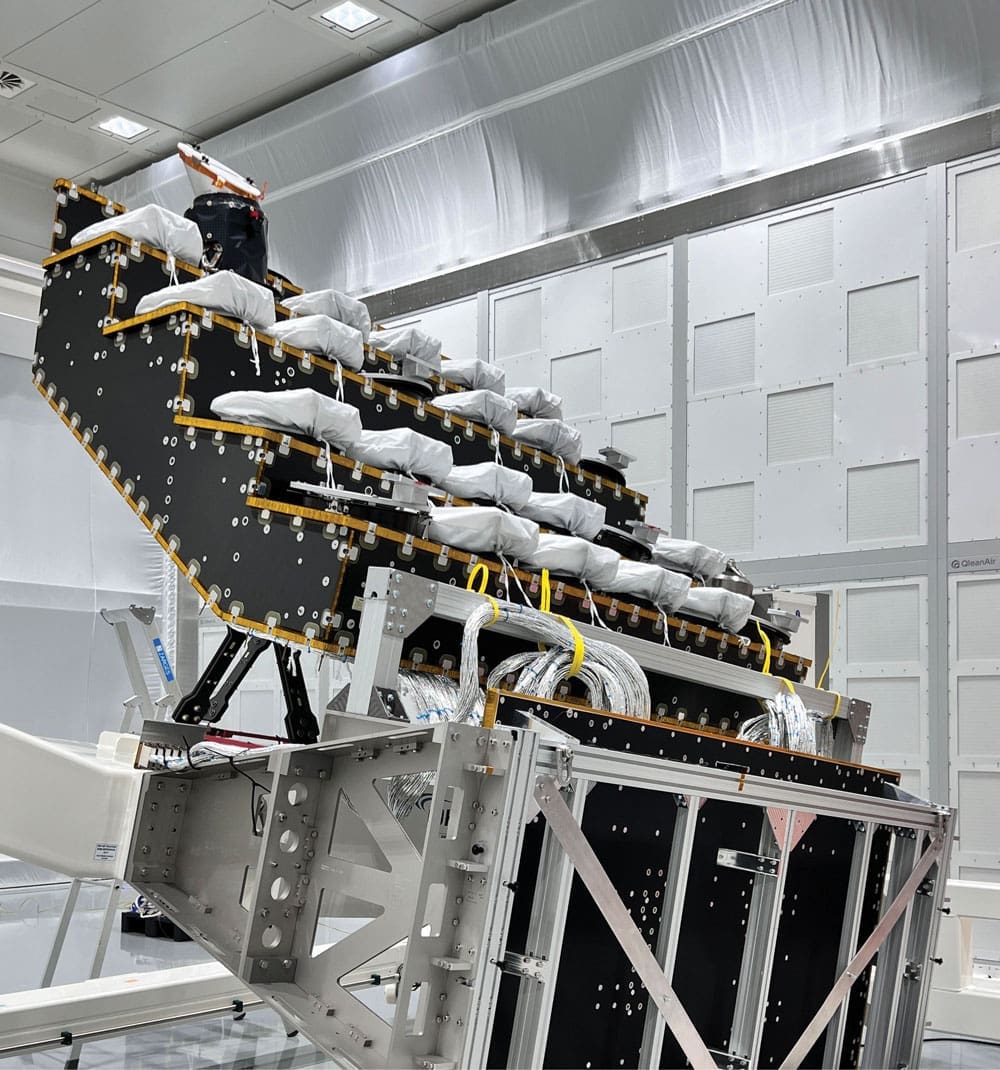
Mission Goal: Search for Earth-like exoplanets and study their habitability.
Launch Date: July 2025
The European Space Agency’s PLATO (Planetary Transits and Oscillations of Stars) mission is an exoplanet hunter like no other. Designed to detect and study planets outside our solar system, PLATO will focus on identifying rocky, Earth-like worlds in the habitable zones of their stars—regions where liquid water could exist.
Using a suite of 26 cameras, PLATO will monitor the brightness of thousands of stars, searching for the telltale dimming that occurs when a planet passes in front of its host star. But PLATO isn’t just about finding exoplanets; it will also analyse the stars themselves, studying their oscillations and internal structures to better understand how planets and solar systems evolve.
By combining data on exoplanet sizes, orbits, and host star characteristics, PLATO will provide crucial insights into the conditions needed for life to emerge elsewhere in the universe.
PLATO is expected to survey over a million stars during its mission, dramatically increasing our catalogue of known exoplanets.
13. China’s Tianwen-2 (Asteroid Sample Return)
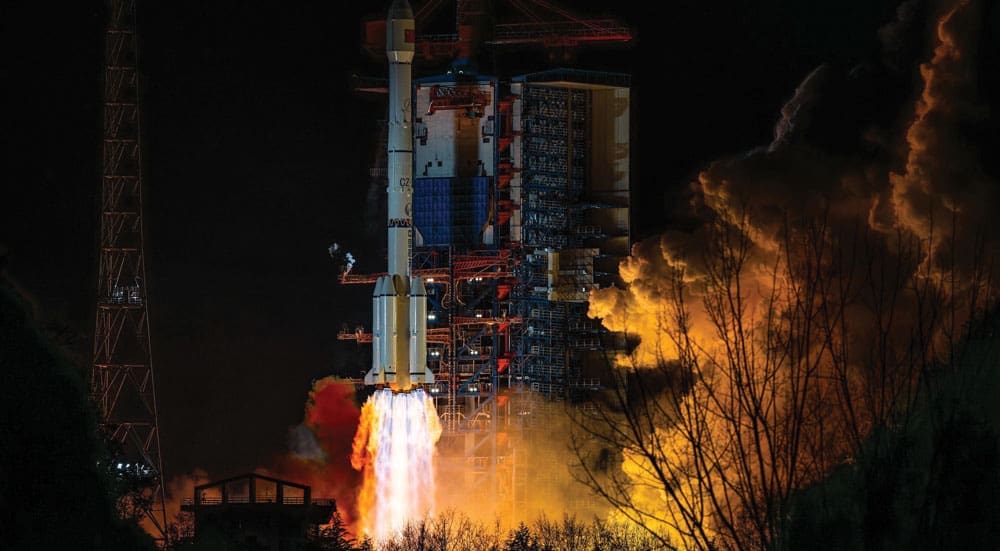
Mission Goal: Collect samples from an asteroid and explore a comet.
Launch Date: September 2025
China’s space program continues to expand with Tianwen-2, an ambitious asteroid exploration and sample-return mission. The spacecraft will target the near-Earth asteroid 2016 HO3, a tiny “quasi-satellite” that shares Earth’s orbit. After collecting samples, Tianwen-2 will head toward the main belt comet 311P/PANSTARRS for further exploration.
The mission builds on the success of China’s Tianwen-1 Mars mission, which placed a rover on the Red Planet in 2021. For Tianwen-2, engineers are developing advanced autonomous navigation and sampling systems to ensure the spacecraft can precisely collect material from the asteroid’s surface.
By analysing the asteroid’s composition, scientists hope to better understand the early solar system and the origins of organic compounds that may have contributed to life on Earth. The mission’s dual goals—asteroid sampling and comet exploration—make it one of the most ambitious robotic missions of the year.
Random Fact: 2016 HO3 is sometimes called Earth’s “second moon” because it orbits the Sun while staying in close proximity to our planet.
14. Japan’s SLIM Lunar Lander (JAXA)
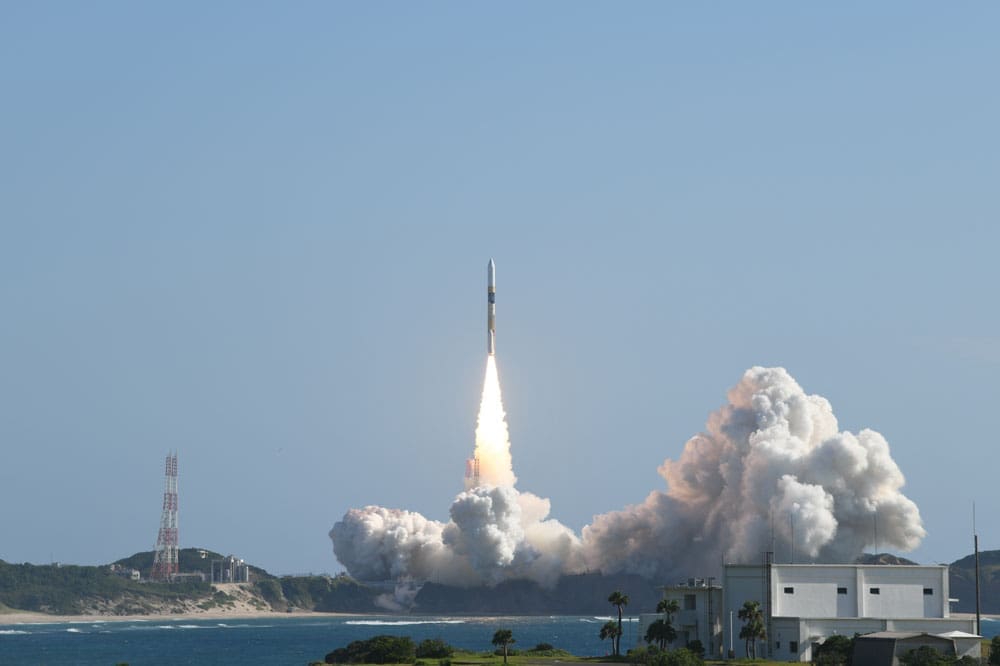
Mission Goal: Test pinpoint lunar landing technology for future exploration.
Launch Date: Early 2025
Japan’s Smart Lander for Investigating Moon (SLIM) is a mission with a deceptively simple goal: land on the Moon with extreme precision. While most landers aim for large, flat regions, SLIM will attempt to touch down within 100 meters of its target—an unprecedented feat.
Why does this matter? Future lunar missions will need to land in scientifically valuable but challenging locations, such as craters and ridges near the Moon’s poles. SLIM will demonstrate the technologies required for these precision landings, including advanced imaging and terrain recognition systems.
In addition to testing landing tech, SLIM will carry scientific instruments to study the lunar surface, further advancing our understanding of the Moon’s geology. This mission is a key step in Japan’s broader lunar exploration strategy, which includes participation in international efforts like NASA’s Artemis program.
15. India’s Chandrayaan-4 (ISRO)

Mission Goal: Study the Moon’s South Pole and attempt another soft landing.
Launch Date: Late 2025
India’s Chandrayaan-4 mission comes on the heels of the country’s successful Chandrayaan-3 lunar landing in 2023, which made India the first nation to land a spacecraft near the Moon’s South Pole. With Chandrayaan-4, the Indian Space Research Organisation (ISRO) aims to further explore this region, believed to contain valuable water ice deposits beneath its surface.
The mission will include a lander and rover equipped with advanced scientific instruments for studying lunar soil and geology. This time, ISRO is incorporating lessons learned from past missions to enhance landing accuracy and operational longevity. By investigating the South Pole in greater detail, Chandrayaan-4 will contribute to the global effort to unlock the Moon’s resources for long-term human exploration. “Unlock the Moon’s resources” is probably a polite way of saying what it actually means.

